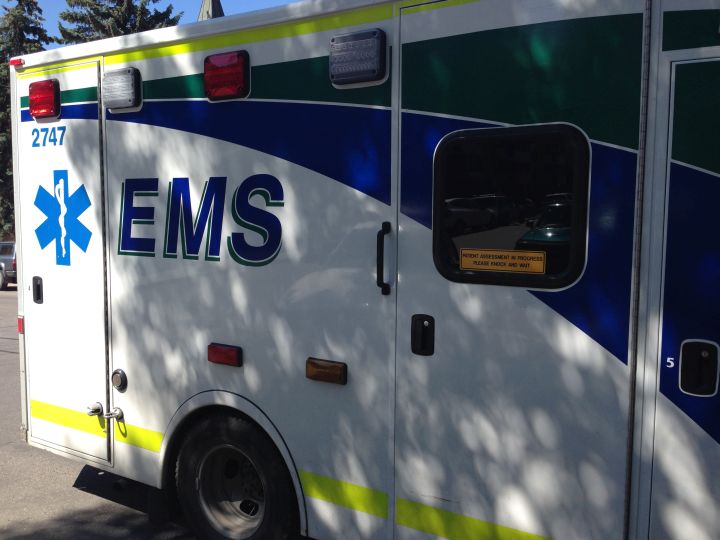Few things are more frustrating than being stuck in a system that can’t change or won’t change. That describes the way Alberta Health Services (AHS) runs ambulance service.

George Porter was a paramedic for 43 years and he has been fighting for the last nine years to undo the damage done when the provincial government decided to centralize ambulance dispatch and management under the control of AHS.
The initial reason for this was that it was becoming increasingly expensive for municipalities to run ambulances under the tri-services model. In the past, fire, police and EMS could be housed in one facility with one dispatch. Even better: in many cases, firefighters and paramedics were cross-trained so they could more effectively respond to medical calls.
LISTEN: Former parametic, George Porter, shares his frustration with how ambulances are managed
I think the right solution would have been for the provincial government to assess the cost that municipalities were absorbing by providing the service and transfer them enough money to cover the cost.
It was the wrong decision to centralize everything under the power of Alberta Health Services. But, that’s what they did.
The last time I spoke to Porter about the issue, the problems were dire. The same is true today. There was another red alert in Calgary last week: meaning there were no ambulances available to take any new calls on a day when call volumes spiked.
I also got a call last week from a listener who had to wait 35 minutes for an ambulance and when it did arrive, it was from Black Diamond. How could this happen?
LISTEN: Listener calls Danielle Smith with concerns about ambulance dispatch
First, everyone still expects there to be an ambulance at the fire hall down the street and close by – this is no longer the case. They are now centrally located at different dispatch hubs around the city.
When you see a large quantity of ambulances sitting idle, you may think there is a lot of excess capacity, but there isn’t. Hubs at Calgary’s Southgate EMS station and Whitehorn EMS headquarters contain new vehicles that haven’t been put into operation yet.
Second, when Calgary runs out of active service vehicles, AHS starts cannibalizing from municipalities in the entire region. Last week, that meant other municipalities (such as Vulcan, Claresholm, Nanton, High River, Okotoks, Priddis, Cochrane, Airdrie, Canmore, Brooks and so on) are left without ambulances too.
No one ever records the red alerts that exist in rural areas, but they happen all the time. It should be the other way around. Calgary should have enough surplus capacity that they are the ones sending vehicles to rural areas to help out when there is higher demand.
Another problem is that ambulances are put into service as transfer vehicles, doing non-urgent calls, taking residents from long-term care facilities to things like doctor and dentist appointments. Surely private ambulance services could be contracted to do this work so that emergency calls aren’t left unanswered.
WATCH BELOW: Not enough ambulances available for Alberta patients in need of help: EMS Union

The final problem is the inefficiency at hospitals. If no one is available to triage a patient at the hospital, the paramedic is expected to attend to them until they can be admitted. Sometimes a paramedic can spend his entire shift this way.
Paramedics have suggested having onsite “community paramedics” stationed at hospitals to act as a transition to receive patients and get the “duty paramedic” back on the road. I’ve been told now by several sources that the nurses’ union will have none of it. They don’t have the resources to do the work, but they don’t want anyone else to do it either.
The tragic part about this situation is the effect it is having on frontline workers who are getting burnt out and agonizing over being unable to do their jobs properly. The problems are known, the solutions are obvious, and yet no one in charge at AHS has the will to do anything about it. What a mess.
Danielle Smith can be reached at danielle@770chqr.com.






Comments